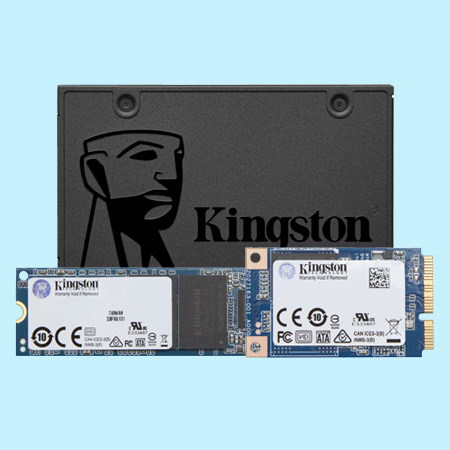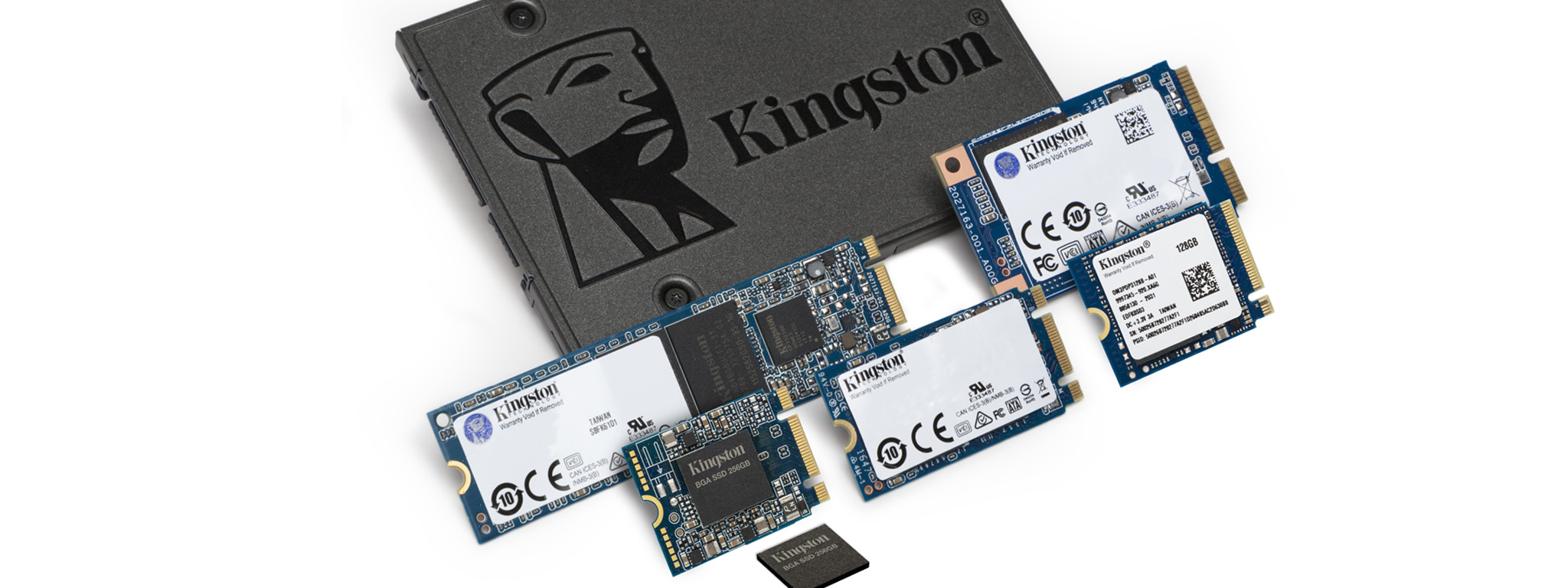Solid-state drives (SSDs) have become increasingly popular in embedded and purpose-built systems due to their reliability and high performance. They are now also available at a low price point due to broad-based SSD adoption that has taken place over the past several years. Many of today’s embedded systems make use of traditional storage form-factors, including 2.5,” M.2 and mSATA. A major benefit in using SSDs for embedded applications is an increase in overall reliability by removing less reliable mechanical hard disk drives (HDDs) from the system. Embedded systems are often integrated into environments that make them difficult and costly to service if a failure occurs. Additionally, SSDs are more desirable than HDDs in embedded applications because SSDs are more durable and capable of operating in more extreme climate conditions where these types of systems are often installed.

Embedded system applications and the workloads to which the SSDs are subjected can vary greatly. A typical embedded application includes a small-footprint operating system (OS), a software application and some form of data collection. In many applications the data being collected is only stored temporarily for a short period of time and then uploaded to a centralised server for data storage. Some applications, however, can be extreme with the duty cycle of the system requiring data to be written 24/7/365, which could impact the useful life of the SSD. Environmental conditions are also a factor. It is always best to follow the manufacturer’s recommendations for SSD operating temperature, altitude and humidity. Operating an SSD or any storage medium outside of the recommended environmental ranges can affect the lifespan of the device and potentially lead to unwanted data loss.
SSD manufacturers like Kingston Technology have made an array of SSD health attributes available through the SMART monitoring system built into the SSD to report on various reliability indicators. Using widely available SMART software tools, system designers can evaluate their workloads to determine how much data the application is writing to the SSD and, more importantly, understand the Write Amplification Factor (WAF), which is key to assessing drive lifespan. All flash storage devices have a WAF due to the way data is written to the storage medium. To put it simply, the WAF is the difference between the amount of data that is sent from the host and how much data is written to the SSD.
All Kingston SSDs undergo a thorough internal compatibility and performance qualification procedure prior to product launch. However, in the case of embedded systems and purpose-built computers, Kingston recommends testing an SSD on the actual platform on which it will be used to ensure compatibility and basic functionality. Kingston also recommends the use of SMART monitoring tools that are available if you’re unsure of the write workload for a specific use case.
